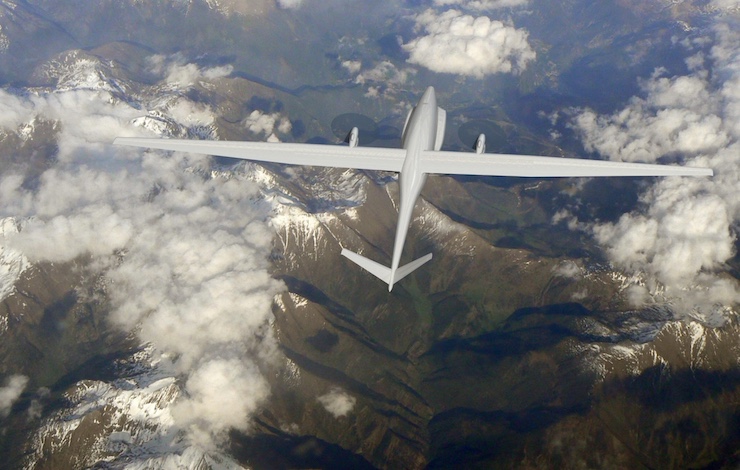
© Stratospheric Platforms
We are living in a time that revolves around the Internet of Things. So many of the tools we rely on daily are made possible from internet connectivity. Without the Internet of Things, our computers, mobile phones and tablets, smartwatches, televisions, home security systems, and more would not work. Keeping these devices running is made possible by 4G cellular networks. With more people than ever relying on the Internet of Things in the wake of COVID-19 to go to school, do their jobs, keep in touch with the people around them, or stay entertained, having unlimited connectivity is vital. However, we are starting to encroach on the limits of what 4G can do for us.
As more people use 4G connections, the bandwidth that supplies the connection is becoming crowded. For example, areas that at one time had no issues with seamless connectivity are now finding lags in that connection as hundreds of students log into Zoom for remote learning. Meanwhile, nearly half of the world’s population has no internet access at all. Even in well developed nations, there are large swaths of cellular dead zones. This is why cellular providers are looking into 5G, the next generation of wireless connectivity. 5G connectivity would provide 1,000 times more traffic while being 10 times faster than its predecessor, 4G. Not only will more people be able to rapidly connect their everyday devices, but 5G will also enable a new wave for the Internet of Things with enhanced virtual reality, smart vehicles, and much more.
However, for 5G to work, users will need direct, uninterrupted access to the 5G frequency. If a building, tree, or any dense structure comes between the user and the signal, the connection will be disrupted. Poor weather like rain and snow can also hamper 5G connectivity. The solution means needing an immense network of cell towers to get complete coverage. Putting up these towers is extremely expensive and disruptive. It also means that there will most likely still be plenty of areas without 5G as these towers will most likely be built in population dense areas. That is unless the connection is beamed down from the sky, virtually removing any obstacles.
That is exactly what Stratospheric Platforms Limited (SPL) aims to do. Established in 2014 to provide access to communication from anywhere in the world, SPL tasked Cambridge Consultants with bringing 5G connectivity to fruition. With more than 60 years of experience as a technology development firm, Cambridge Consultants employs some of the brightest engineers and has state of the art technology to get the job done. After years of working on a top secret project, SPL and Cambridge Consultants announced that they had developed a drone that could provide unlimited 5G connectivity.
As explained on Cambridge Consultant’s website, “SPL’s vision is to use the stratosphere to rewrite the economics of mobile broadband and connect everyone with the fastest 5G speeds possible, which until now have been the reserve of major cities.” It goes on to state, “SPL plans to launch a fleet of unmanned, zero-emission aircraft to deliver 5G into existing networks and directly to standard phones.” To do this Cambridge Consultants had to build a high powered antenna to transmit a 5G signal. Then they had to design a drone large enough to support the antenna, yet light enough to stay airborne for extended periods of time autonomously.
The antenna is a 3m square that weighs 120kg and when combined with a network of antennas will provide an umbrella of coverage, with no constraints from obstacles below. It will be supported on a zero emission, hydrogen powered drone that is roughly the size of a jumbo-jet. While the drone has an impressive 60m wingspan it only weighs 3.5 tons, about as heavy as a small van explains Cambridge Consultants. The drone can stay in the air for 9 days continuously relaying down a 5G signal through the antenna’s 480 individual beams. According to the press release, a small fleet of the antenna equipped drones could provide coverage for an entire country.
Being able to deploy a network of drones that can transmit a 5G signal is environmentally sound, and will cost a fraction of what terrestrial cell towers will cost. Cambridge Consultants has spent the last 4 years perfecting every aspect of the antenna and drone to ensure that all safety measures are taken and that the system will exceed expectations. Though they announced the project in early November this year, they don’t expect the drone network to be on the market until 2024. This gives them plenty of time to run trials and see that all necessary infrastructure allowances are met. But once the network is up and running, the sky will be the limit as to how we connect to the internet.
|